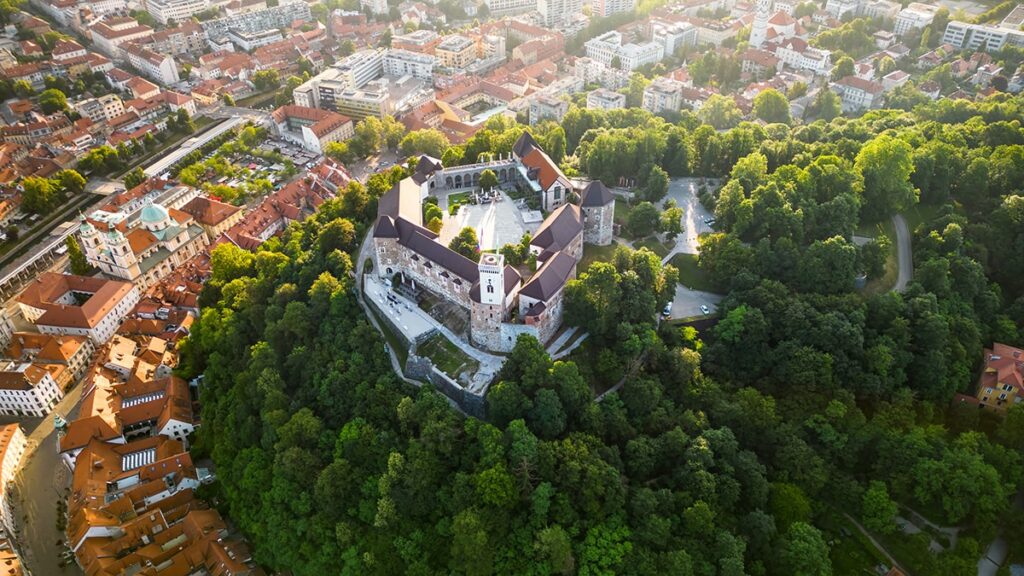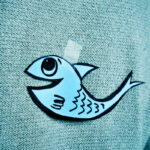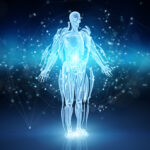1. Area: Slovenia’s total area is 20,273 km2. Of this, 10,124 km2 is forest and 216 km2 vineyards
2. Independence: Slovenia became an independent country in 1991 when the former Yugoslavia was dissolved
3. Oldest grapevine: In Slovenia’s second largest city, Maribor, grows the world’s oldest grapevine called ‘Žametovka’. Although the vine is more than 400 years old, it still produces red grapes that yield about 25 liters of wine per year. The age of the vine is known thanks to scientific studies from 1972. In addition, there are also several paintings of the vine (at the Štajerska Provincial Museum in the city of Graz), showing the vine in 1657
4. Prison cell: At the ‘Hostel Celica’ hotel in the capital Ljubljana, you can rent your own prison cell! There are 20 of them. Each cell is unique and the individual designs are the result of the work of more than 80 artists
5. The caves in Skocjan: The Skocjan Caves have been a UNESCO World Heritage Site since 1986 and the Slovenian authorities have done much to protect the caves since the breakup of Yugoslavia (in 1991), including establishing a surrounding national park
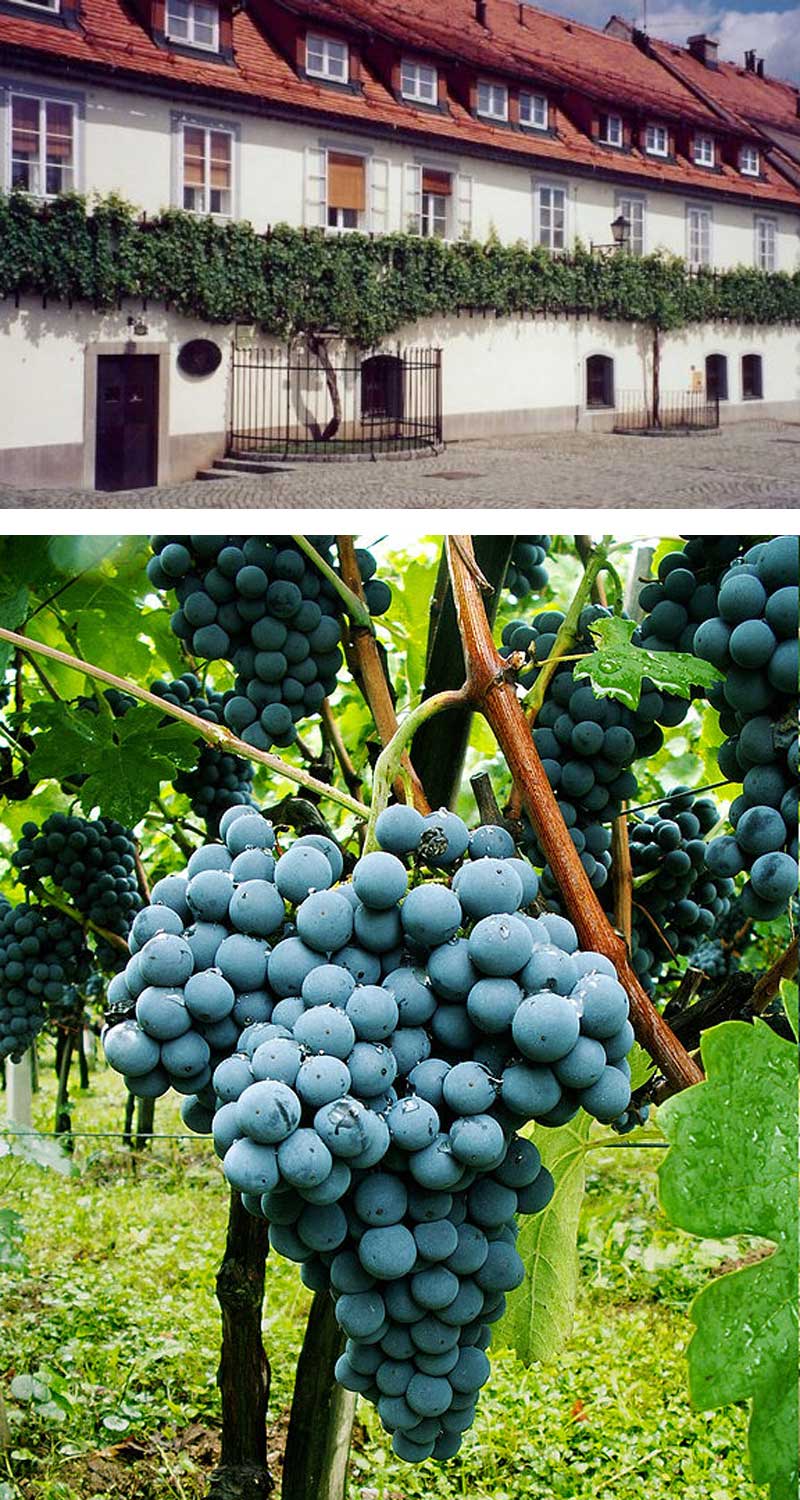
Fact: Žametovka is the name of the world’s oldest vine growing in the Slovenian city of Maribor (top), but also the name of a grape variety (bottom)
6. The Postonjag caves: The Postonja caves are some of the most visited caves in Europe and, at 20 km, the second largest cave system in Slovenia (only surpassed by the Migovec cave system, which is about 24 km)
7. Lipizzaner: The rare and unique – but very famous – horse breed ‘Lipizzaner’ originates from Slovenia. The Lippizzaner has a special connection to the prestigious Spanish Riding School in Austria, where they are used for local shows as well as on world tours
8. Highest chimney: Europe’s tallest industrial chimney can be found in Slovenia. The chimney sits on a power plant in the town of Trbovlje and is 362 meters high. It was built in 1976 in 210 days and 11,866 cubic meters of concrete and 1,079 tons of iron were used to build it
9. Mountaineers: The first married couple to climb Mount Everest were mountaineers Marija and Andrej Štremfelj in 1990. Another Slovenian, Benka Pulko, holds the record as the woman in the world who has ridden the longest motorcycle (she rode 180,000 km in 2,000 days and crossed all the continents of the world)
10. Early history: The area that Slovenia covers today has been inhabited for the last 250,000 years. The world’s oldest wooden wheel has been found in the marshes around Ljubljana, and the world’s oldest musical instrument may also be from Slovenia (a worked bear bone found in 1995 in a cave near the town of Cerkno)
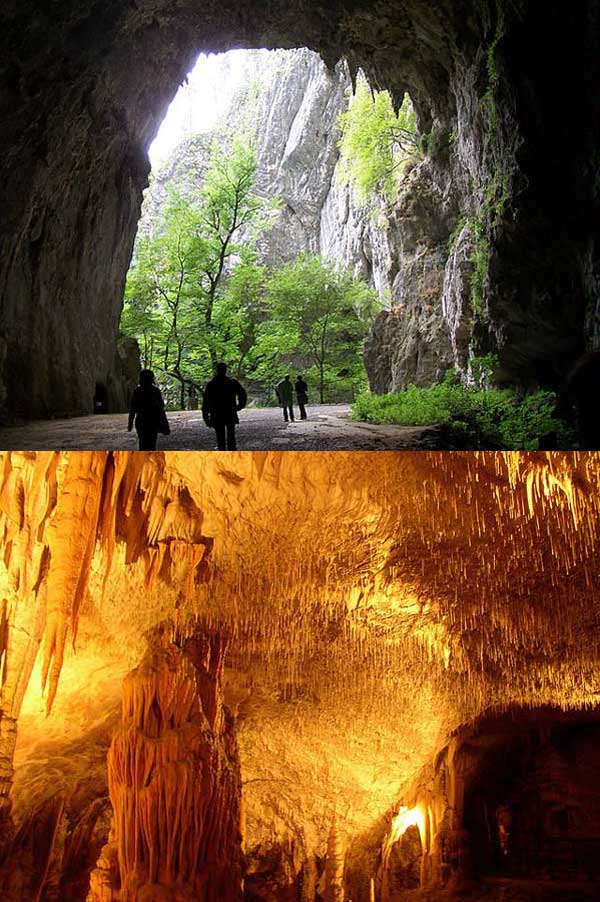
Here you can see the caves in Skocjan (left) and Postonja (right)

